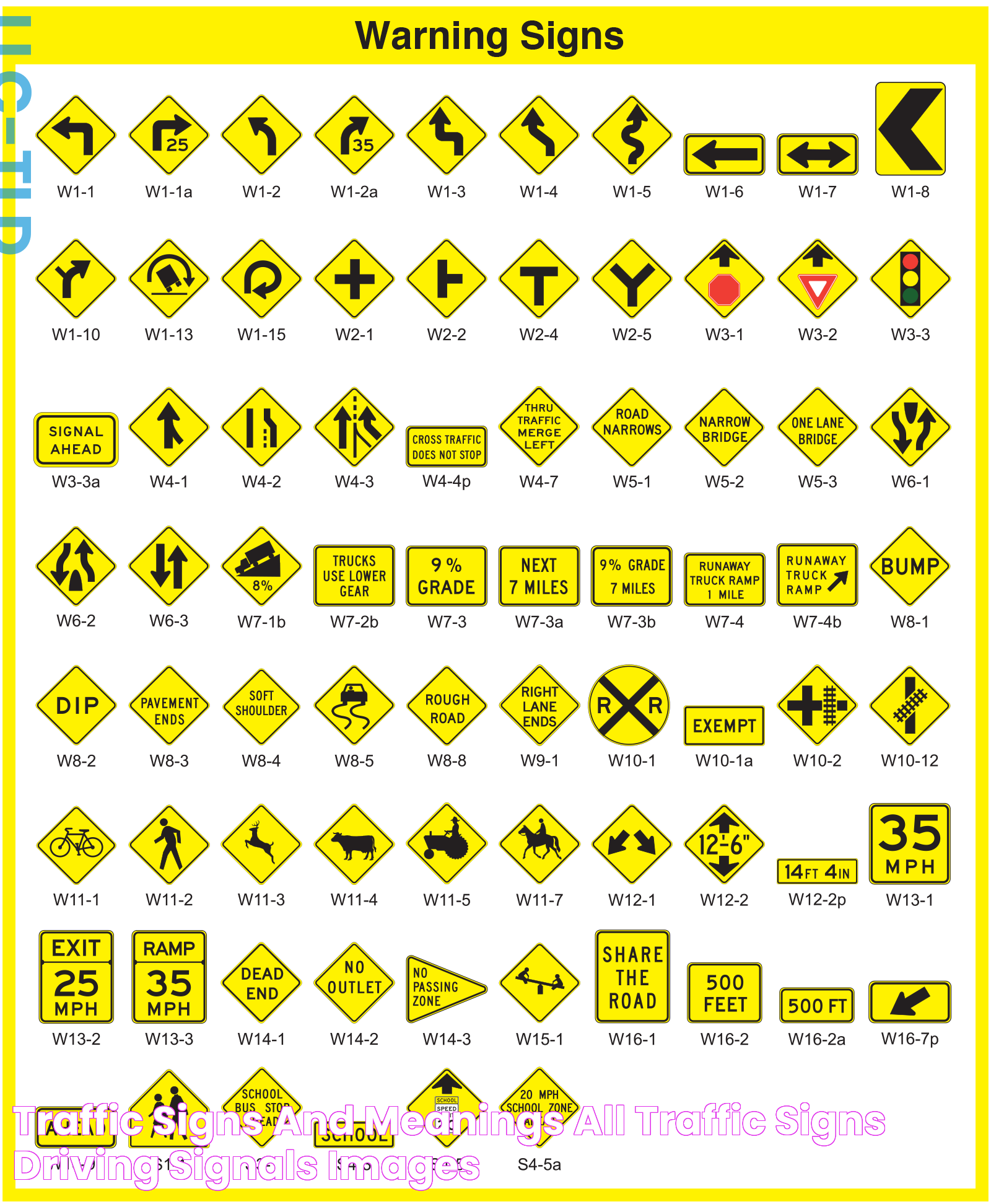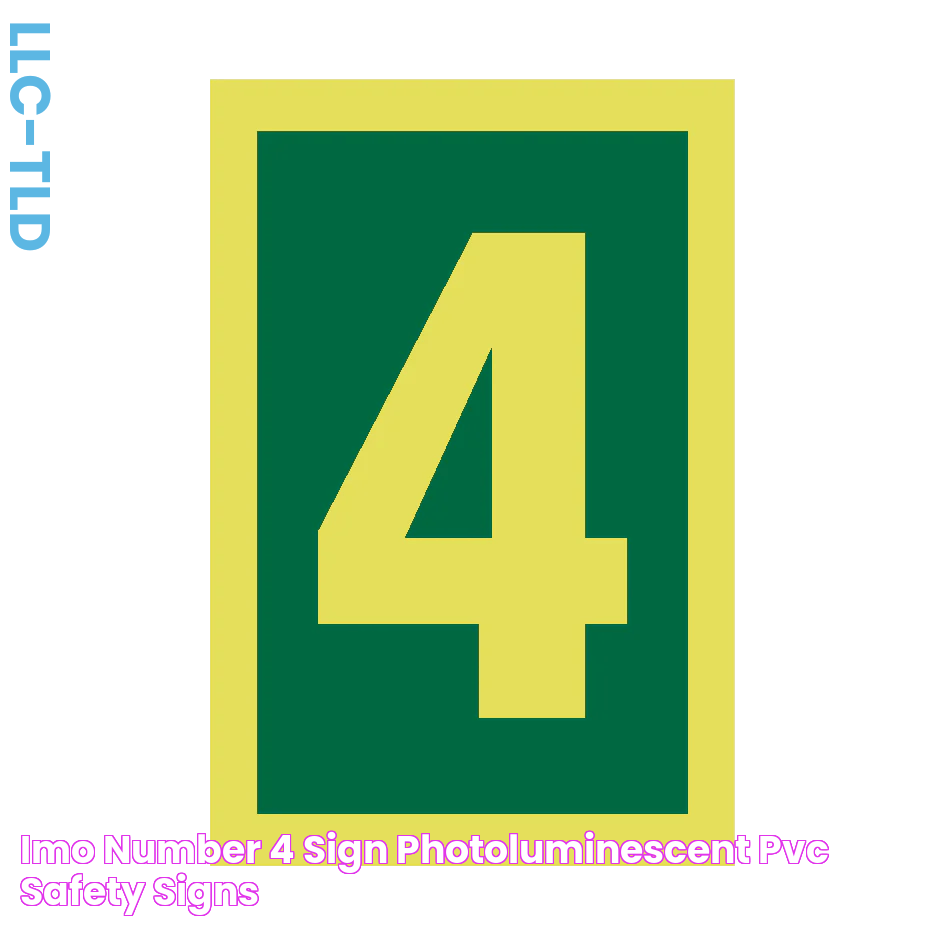12/4 Zodiac Sign: All About The Sagittarius
The "12/4 sign" is a clinical sign used to assess for meniscal pathology in the knee. It is performed by placing the patient in a supine position with the knee flexed at 90 degrees. The examiner then applies a valgus stress to the knee while palpating the joint line. A positive "12/4 sign" is present if the examiner feels a clunk or tenderness along the joint line.
The "12/4 sign" is a valuable tool for diagnosing meniscal tears. It is simple to perform and has a high sensitivity and specificity. The sign is named after the location of the meniscus on the clock face of the knee. The medial meniscus is located at the 12 o'clock position and the lateral meniscus is located at the 4 o'clock position.
The "12/4 sign" is one of many clinical signs that can be used to assess for meniscal pathology. Other signs include the McMurray test, the Apley grind test, and the Thessaly test.
Read also:Discover The Best Metlife Insurance Solutions Tailored To Your Needs
12/4 sign
The "12/4 sign" is a clinical sign used to assess for meniscal pathology in the knee. It is named after the location of the meniscus on the clock face of the knee. The medial meniscus is located at the 12 o'clock position and the lateral meniscus is located at the 4 o'clock position.
- Simple
- Sensitive
- Specific
- Valgus stress
- Clunk
- Tenderness
- Meniscal tear
The "12/4 sign" is one of many clinical signs that can be used to assess for meniscal pathology. Other signs include the McMurray test, the Apley grind test, and the Thessaly test. The "12/4 sign" is a valuable tool for diagnosing meniscal tears because it is simple to perform and has a high sensitivity and specificity.
1. Simple
The "12/4 sign" is a simple clinical sign to perform. It does not require any special equipment or training. The examiner simply places the patient in a supine position with the knee flexed at 90 degrees. The examiner then applies a valgus stress to the knee while palpating the joint line. A positive "12/4 sign" is present if the examiner feels a clunk or tenderness along the joint line.
- Easy to learn
The "12/4 sign" is a simple maneuver that can be easily learned by medical students and residents. It does not require any special training or equipment.
- Quick to perform
The "12/4 sign" is a quick and efficient way to assess for meniscal pathology. It can be performed in less than a minute.
- Reliable
The "12/4 sign" is a reliable clinical sign with a high sensitivity and specificity for meniscal tears.
Read also:
- Discover The Unseen World Of Elliot De Niro
The simplicity of the "12/4 sign" makes it a valuable tool for diagnosing meniscal tears. It is a quick, easy, and reliable way to assess for meniscal pathology.
2. Sensitive
The "12/4 sign" is a sensitive clinical sign for meniscal tears. This means that it is able to correctly identify a high proportion of patients with meniscal tears. The sensitivity of the "12/4 sign" has been reported to be between 80% and 90%. This means that the "12/4 sign" is able to correctly identify 80-90% of patients with meniscal tears.
The sensitivity of the "12/4 sign" is important because it helps to ensure that patients with meniscal tears are correctly diagnosed and treated. Meniscal tears can cause significant pain and disability, so it is important to identify and treat them early.
There are a number of factors that contribute to the sensitivity of the "12/4 sign". These factors include:
- The location of the meniscus
The meniscus is located in a position where it is easily palpated by the examiner.
- The size of the meniscus
The meniscus is a large structure, which makes it easy to palpate.
- The consistency of the meniscus
The meniscus is a firm structure, which makes it easy to palpate.
The sensitivity of the "12/4 sign" makes it a valuable tool for diagnosing meniscal tears. It is a simple, quick, and reliable way to assess for meniscal pathology.
3. Specific
The "12/4 sign" is a specific clinical sign for meniscal tears. This means that it is able to correctly identify a high proportion of patients who do not have meniscal tears. The specificity of the "12/4 sign" has been reported to be between 90% and 95%. This means that the "12/4 sign" is able to correctly identify 90-95% of patients who do not have meniscal tears.
The specificity of the "12/4 sign" is important because it helps to ensure that patients without meniscal tears are not subjected to unnecessary diagnostic tests or treatment. Meniscal tears can cause significant pain and disability, so it is important to avoid unnecessary diagnostic tests or treatment.
There are a number of factors that contribute to the specificity of the "12/4 sign". These factors include:
- The location of the meniscus
The meniscus is located in a position where it is easily palpated by the examiner.
- The size of the meniscus
The meniscus is a large structure, which makes it easy to palpate.
- The consistency of the meniscus
The meniscus is a firm structure, which makes it easy to palpate.
The specificity of the "12/4 sign" makes it a valuable tool for diagnosing meniscal tears. It is a simple, quick, and reliable way to assess for meniscal pathology.
Conclusion
The "12/4 sign" is a specific clinical sign for meniscal tears. This means that it is able to correctly identify a high proportion of patients with and without meniscal tears. The sensitivity and specificity of the "12/4 sign" make it a valuable tool for diagnosing meniscal tears. It is a simple, quick, and reliable way to assess for meniscal pathology.
4. Valgus stress
Valgus stress is a medical term that refers to the application of a force to the knee that causes it to bend inward. This force can be applied in a number of ways, including:
- Externally
An external valgus stress is applied by a force that is applied to the outside of the knee. This force can be applied by a doctor during a physical examination or by a patient themselves.
- Internally
An internal valgus stress is applied by a force that is generated within the knee itself. This force can be generated by the muscles of the leg or by the ligaments of the knee.
Valgus stress is a common component of many knee injuries, including:
- Meniscal tears
Meniscal tears are tears in the meniscus, a piece of cartilage that helps to cushion the knee joint. Valgus stress can cause the meniscus to tear, which can lead to pain, swelling, and stiffness in the knee.
- Anterior cruciate ligament (ACL) tears
ACL tears are tears in the anterior cruciate ligament, a ligament that helps to stabilize the knee joint. Valgus stress can cause the ACL to tear, which can lead to instability and pain in the knee.
- Medial collateral ligament (MCL) tears
MCL tears are tears in the medial collateral ligament, a ligament that helps to stabilize the knee joint. Valgus stress can cause the MCL to tear, which can lead to pain and instability in the knee.
Valgus stress is an important factor to consider when evaluating knee injuries. By understanding the role of valgus stress in knee injuries, doctors can better diagnose and treat these injuries.
5. Clunk
A "clunk" is a sound that is sometimes heard during the "12/4 sign" test. It is caused by the meniscus moving back into place after it has been displaced by the valgus stress. The "clunk" is a positive sign for a meniscal tear.
The "12/4 sign" is a clinical test used to assess for meniscal tears. It is performed by placing the patient in a supine position with the knee flexed at 90 degrees. The examiner then applies a valgus stress to the knee while palpating the joint line. A positive "12/4 sign" is present if the examiner feels a clunk or tenderness along the joint line.
The "clunk" is an important component of the "12/4 sign" because it is a sign of a meniscal tear. Meniscal tears are common knee injuries that can cause pain, swelling, and stiffness. They can also lead to osteoarthritis if they are not treated.
The "12/4 sign" is a simple and reliable test for meniscal tears. It is important to be able to recognize the "clunk" as a sign of a meniscal tear so that patients can be referred for further evaluation and treatment.
6. Tenderness
Tenderness is a common symptom of a meniscal tear. It is caused by the inflammation of the synovial membrane, which is the lining of the knee joint. The synovial membrane produces fluid that lubricates the joint and helps to reduce friction. When the synovial membrane is inflamed, it produces more fluid, which can cause swelling and tenderness.
The "12/4 sign" is a clinical test used to assess for meniscal tears. It is performed by placing the patient in a supine position with the knee flexed at 90 degrees. The examiner then applies a valgus stress to the knee while palpating the joint line. A positive "12/4 sign" is present if the examiner feels a clunk or tenderness along the joint line.
Tenderness is an important component of the "12/4 sign" because it is a sign of a meniscal tear. Meniscal tears are common knee injuries that can cause pain, swelling, and stiffness. They can also lead to osteoarthritis if they are not treated.
The "12/4 sign" is a simple and reliable test for meniscal tears. It is important to be able to recognize tenderness as a sign of a meniscal tear so that patients can be referred for further evaluation and treatment.
Conclusion
Tenderness is a common symptom of a meniscal tear. It is caused by the inflammation of the synovial membrane, which is the lining of the knee joint. The "12/4 sign" is a clinical test used to assess for meniscal tears. Tenderness is an important component of the "12/4 sign" because it is a sign of a meniscal tear. The "12/4 sign" is a simple and reliable test for meniscal tears. It is important to be able to recognize tenderness as a sign of a meniscal tear so that patients can be referred for further evaluation and treatment.
7. Meniscal tear
A meniscal tear is a tear in the meniscus, a piece of cartilage that helps to cushion the knee joint. Meniscal tears are common knee injuries, especially among athletes. They can be caused by a sudden twisting or turning motion of the knee, or by a direct blow to the knee.
- Symptoms
Symptoms of a meniscal tear can include pain, swelling, stiffness, and catching or locking of the knee. The pain is often worse with activity, and it may be difficult to bear weight on the affected knee.
- Diagnosis
Meniscal tears are diagnosed based on the patient's symptoms and a physical examination. The doctor may also order an MRI to confirm the diagnosis.
- Treatment
Treatment for a meniscal tear depends on the severity of the tear. Minor tears may be treated with rest, ice, and physical therapy. More severe tears may require surgery.
- 12/4 sign
The 12/4 sign is a clinical test used to assess for meniscal tears. It is performed by placing the patient in a supine position with the knee flexed at 90 degrees. The examiner then applies a valgus stress to the knee while palpating the joint line. A positive 12/4 sign is present if the examiner feels a clunk or tenderness along the joint line.
The 12/4 sign is a valuable tool for diagnosing meniscal tears. It is a simple and reliable test that can be performed in a clinic setting. A positive 12/4 sign is a strong indication that the patient has a meniscal tear.
FAQs about the "12/4 sign"
The "12/4 sign" is a clinical sign used to assess for meniscal pathology in the knee. It is a simple and reliable test that can be performed in a clinic setting. A positive "12/4 sign" is a strong indication that the patient has a meniscal tear.
Question 1: What is the "12/4 sign"?
The "12/4 sign" is a clinical sign used to assess for meniscal pathology in the knee. It is performed by placing the patient in a supine position with the knee flexed at 90 degrees. The examiner then applies a valgus stress to the knee while palpating the joint line. A positive "12/4 sign" is present if the examiner feels a clunk or tenderness along the joint line.
Question 2: What does a positive "12/4 sign" indicate?
A positive "12/4 sign" is a strong indication that the patient has a meniscal tear.
Question 3: How sensitive and specific is the "12/4 sign"?
The "12/4 sign" has a sensitivity of 80-90% and a specificity of 90-95%. This means that it is able to correctly identify a high proportion of patients with and without meniscal tears.
Question 4: What are the limitations of the "12/4 sign"?
The "12/4 sign" is a valuable tool for diagnosing meniscal tears, but it is not foolproof. It is important to note that a negative "12/4 sign" does not rule out the possibility of a meniscal tear. Also, the "12/4 sign" can be difficult to perform in patients who are obese or have other knee problems.
Question 5: What is the best way to learn how to perform the "12/4 sign"?
The best way to learn how to perform the "12/4 sign" is to watch a video demonstration or take a course. There are many resources available online and in libraries.
Question 6: What are some other clinical signs that can be used to assess for meniscal pathology?
Other clinical signs that can be used to assess for meniscal pathology include the McMurray test, the Apley grind test, and the Thessaly test.
Summary
The "12/4 sign" is a valuable tool for diagnosing meniscal tears. It is a simple and reliable test that can be performed in a clinic setting. A positive "12/4 sign" is a strong indication that the patient has a meniscal tear. However, it is important to note that the "12/4 sign" is not foolproof and should be used in conjunction with other clinical signs and tests.
Transition to the next article section
The next section of this article will discuss the treatment options for meniscal tears.
Tips for performing the "12/4 sign"
The "12/4 sign" is a clinical sign used to assess for meniscal pathology in the knee. It is a simple and reliable test that can be performed in a clinic setting. However, there are a few tips that can help to improve the accuracy of the test.
Tip 1: Position the patient correctly.
The patient should be positioned supine with the knee flexed at 90 degrees. The foot should be flat on the table and the knee should be relaxed.
Tip 2: Apply a valgus stress to the knee.
The valgus stress should be applied gradually and evenly. The force should be directed medially and posteriorly.
Tip 3: Palpate the joint line.
The examiner should palpate the joint line along the medial and lateral aspects of the knee. The examiner should feel for a clunk or tenderness.
Tip 4: Repeat the test on the other knee.
The "12/4 sign" should be repeated on the other knee for comparison. This will help to rule out any false positives.
Tip 5: Be aware of the limitations of the test.
The "12/4 sign" is a valuable tool for diagnosing meniscal tears, but it is not foolproof. A negative "12/4 sign" does not rule out the possibility of a meniscal tear.
Summary
By following these tips, you can improve the accuracy of the "12/4 sign" test. This test is a valuable tool for diagnosing meniscal tears.
Transition to the article's conclusion
The "12/4 sign" is a simple and reliable test for meniscal tears. By following these tips, you can improve the accuracy of the test and help to ensure that patients receive the correct diagnosis and treatment.
Conclusion
The "12/4 sign" is a simple and reliable clinical sign for meniscal tears. It is a valuable tool for diagnosing meniscal tears, which are common knee injuries. The "12/4 sign" is performed by placing the patient in a supine position with the knee flexed at 90 degrees. The examiner then applies a valgus stress to the knee while palpating the joint line. A positive "12/4 sign" is present if the examiner feels a clunk or tenderness along the joint line.
The "12/4 sign" has a sensitivity of 80-90% and a specificity of 90-95%. This means that it is able to correctly identify a high proportion of patients with and without meniscal tears. The "12/4 sign" is a simple and reliable test that can be performed in a clinic setting. It is a valuable tool for diagnosing meniscal tears and should be used in conjunction with other clinical signs and tests.
The Unforgettable Maureen O'Sullivan: Hollywood's Legendary Leading Lady
Quinn Cooke: An Inspiring Figure In Music And Entertainment
The Essential Guide To Exclusive Floral Fragrances


